SNP finance chief John Swinney has raised higher income tax rates to fund a £1 billion boost for the NHS.
It means anyone earning over £43,663 will pay more tax to cover struggling healthcare services.
The policy, which he dubbed a penny for patient care, will hit hundreds of thousands of Scots.
Mr Swinney also announced there will be no cap on council tax rises, signalling higher bills to come.
And he diverted a £20 million independence referendum fund towards support for the cost-of-living crisis.
Mr Swinney said the Scottish Government had rejected austerity and chosen a “progressive path”.
But the changes will widen the taxation gulf between Scotland and the rest of the UK.
Who is facing new tax rises?
About one in 10 adults in Scotland pay the higher rate of income tax, while less than 1% of the wealthiest in the country pay the top rate.
Previously people earning more than £43,663 paid the higher income tax rate of 41%.
Under changes announced by Mr Swinney on Thursday, the rate will increase by a penny to 42%.
Meanwhile, those with a taxable income of more than £150,000 paid the top rate of 46% in tax.
That rate will also be increased by a penny to 47% – and the threshold for paying the tax will start at £125,140 rather than £150,000.
There will be no changes to then starter, basic and intermediate rates to “protect those on lower incomes”.
Why has the SNP broken its tax pledge?
The SNP manifesto for last year’s Scottish election campaign said it would aim to freeze income tax rates.
However, Mr Swinney admitted in recent weeks he faced “difficult decisions” to balance the books in the face of soaring inflation.
Keeping the “higher” rate threshold at £43,663 is expected to raise an additional £390m.
In his Budget speech, Mr Swinney said the tax rises had a “specific” purpose, to deliver “substantial additional investment in the National Health Service”.
He said: “It is, in short, an extra penny to enable spending on patient care in our National Health Service.”
How does it compare to the rest of the UK?
The changes announced in the Scottish Budget will widen the tax gap across the UK.
In England, Wales and Northern Ireland, the higher rate starts at £50,271, rather than £43,663 in Scotland. It is also 40%, compared to the 42% rate that will be levied by the Holyrood government.
The top rate in the rest of the UK is 45% compared to 47% in Scotland.
UK Chancellor Jeremy Hunt had already reduced the threshold for paying the top rate from £150,000 to £125,000. Mr Swinney has now followed suit.
Mr Swinney said a majority of taxpayers in Scotland would still pay less than in the rest of the UK.
Tax rise for second-home buyers
There will not be changes to the Land and Buildings Transaction Tax, which replaced Stamp Duty in Scotland.
However, the Additional Dwelling Supplement will increase from 4% to 6%, with effect from Friday.
The finance chief said the move, which will raise £34m next year, will protect opportunities for first-time buyers.
There is frustration at the impact of second-home buyers in the Scottish housing market in many areas, often pushing up prices beyond the reach of first-time buyers.
The budget also included a freeze on business rates poundage.
Could council tax rates rise further?
Council tax rates were either frozen completely or capped at 3% since the SNP came to power in 2007 – until last year.
On Thursday, Mr Swinney again said he would not be asking councils to freeze or cap local taxes.
“This means that each council will have full flexibility to set the council tax rate that is appropriate for their local authority area,” he said.
“I encourage councils to consider carefully the cost pressures facing the public when setting future rates.”
He also told MSPs that local government would get a funding boost of £550 million next year.
Scottish Labour finance spokesperson Daniel Johnson said it amounts to a “real terms cut”.
IndyRef2 cash diverted to fuel poverty fund
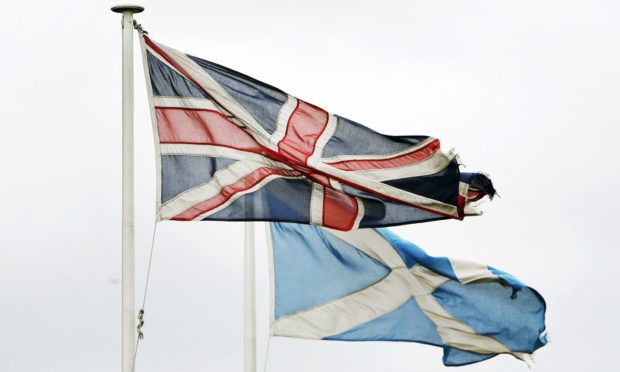
The Scottish Government previously faced criticism from opposition parties for earmarking £20m for a second referendum on independence.
But Mr Swinney said the money will now be diverted to boost the government’s Fuel Insecurity Fund into next year, supporting people struggling with their energy bills.
The move follows a Supreme Court ruling that the Scottish Government does not have the legal powers to hold its own referendum.
Pamela Nash, chief executive of Scotland in Union, said: “We highlighted a number of better ways for the Scottish Government to spend that £20 million, one of which was doubling the fuel insecurity fund.
“Fortunately John Swinney has listened and people across Scotland will see that benefit.”
Doubling north-east’s post-oil fund
The Scottish Government previously committed to a Just Transition Fund that would invest £500m over a decade to support projects in the north-east and Moray which will help the area’s economy move away from a reliance on North Sea oil and gas
In the Budget, Mr Swinney pledged £50m would be spent next year, more than double the 2022‑23 allocation.
Russell Borthwick, chief executive of Aberdeen and Grampian Chamber of Commerce, said: “We welcome the £50million second tranche of Just Transition Funding being released to support the development of low carbon projects across Aberdeen, Aberdeenshire and Moray.”
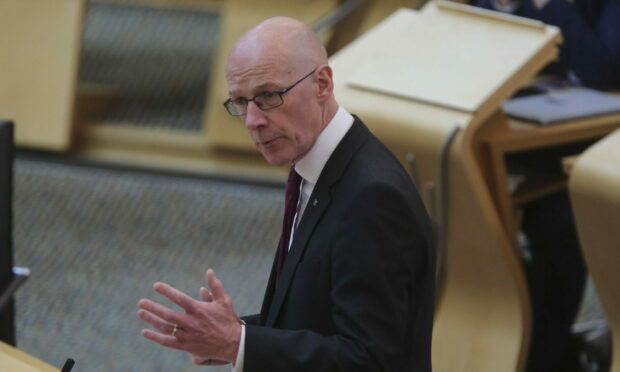
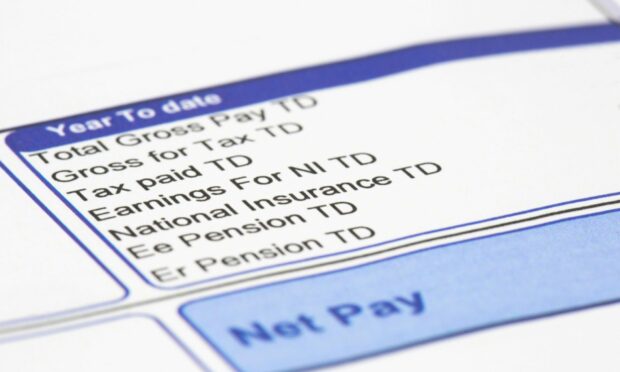

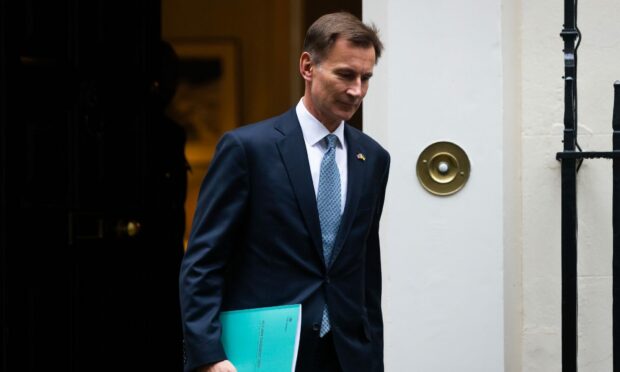
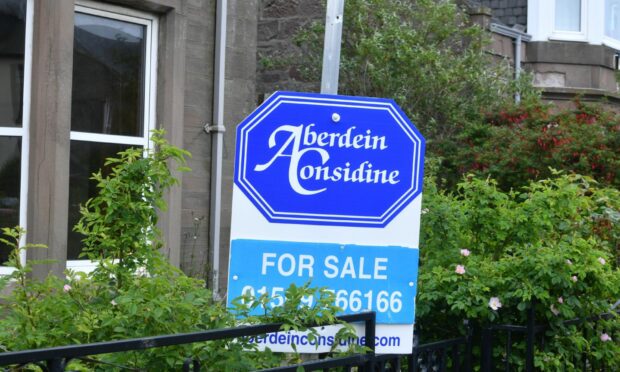
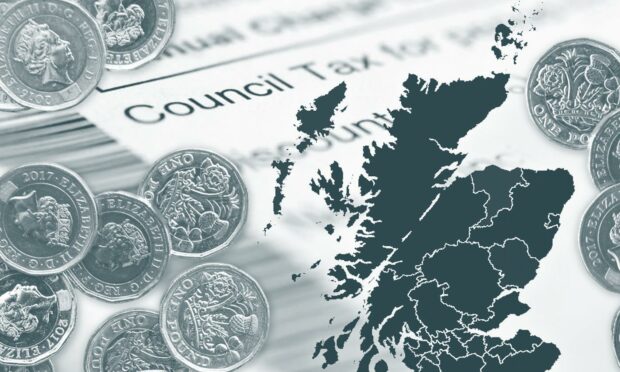
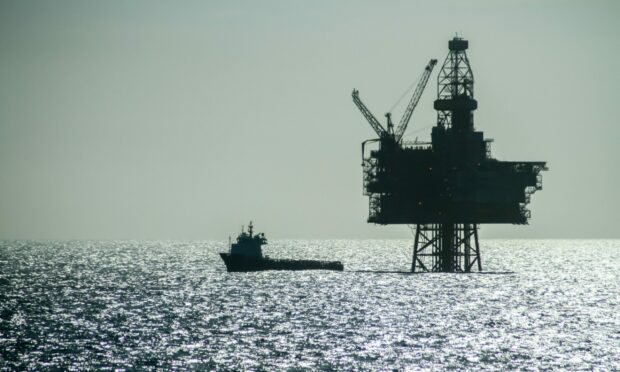
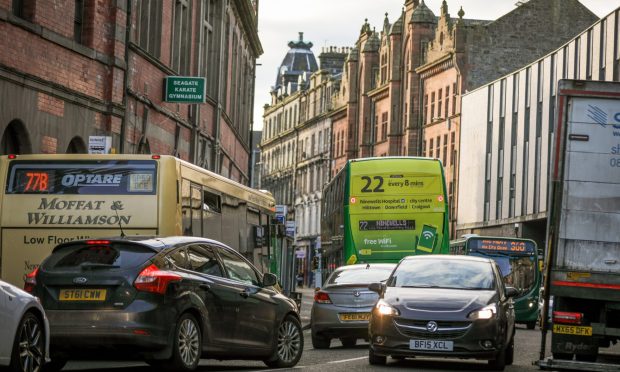
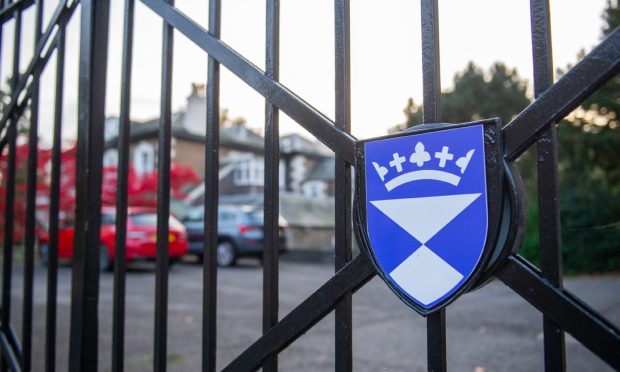







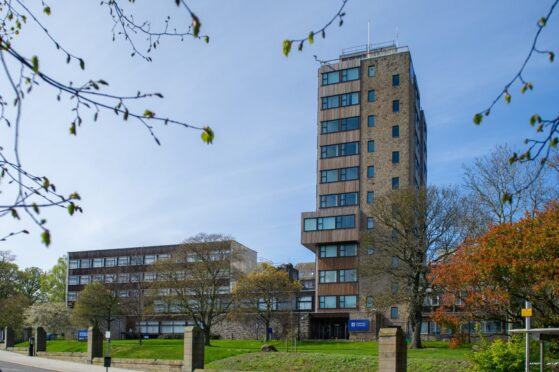
Conversation